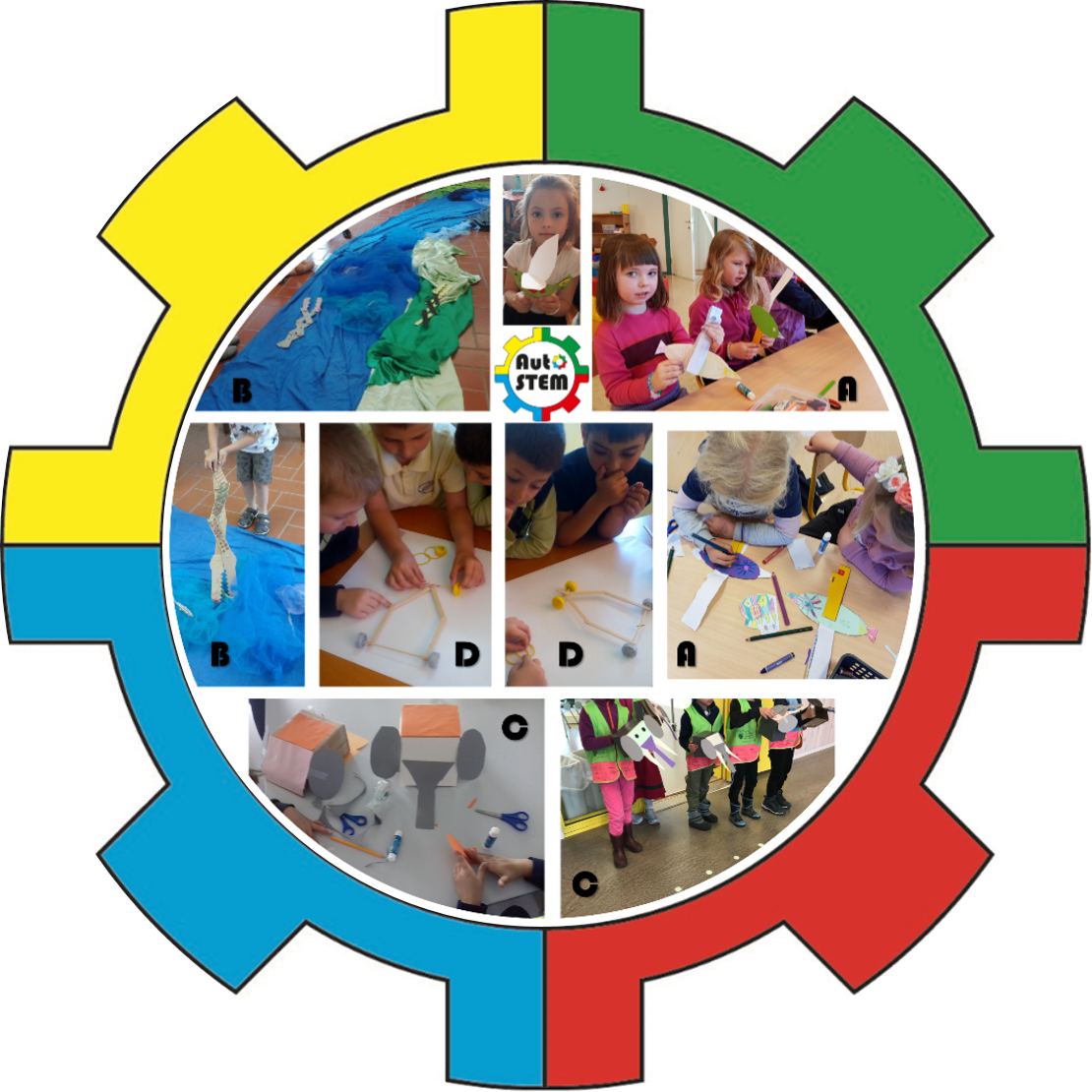The aim of generalisation is to enable the learner to handle new situations. That is how van Hiele (1986, p. 24) defines insight: “Insight exists when a person acts in a new situation adequately and with intention.” The person does not act at random, but according to a pattern, a mental structure that represents an abstract conceptualisation that can be applied to many different situations and contexts.
Kolb (2015) called this step of his Experiential Learning Theory Active Experimentation because there is no distinct way from the experience to the application. Often, reflection on experience leads to a more or less vague understanding of the underlying pattern and some possible implications. Then, the learners have to try out if the interpretation was suitable by doing an experiment of planning and applying what they have learned to a new situation. This will happen after the activities that are described in the pedagogical guidelines that we have developed in the project. Possibilities for those applications are mentioned in most of the documents and in the scenarios and narratives.
This step of the Experiential Learning Cycle is about actively changing your behaviour according to your answers to the “Now, what?” questions. This can be challenging, and it might be helpful for educators to find “critical friends”. Critical friends are colleagues who meet on a regular basis to look at each other’s practice. They use outside sources and their own experience to find out what constitutes good teaching and learning. They visit each other in the classroom, give feedback, and share what works best for children’s learning.

